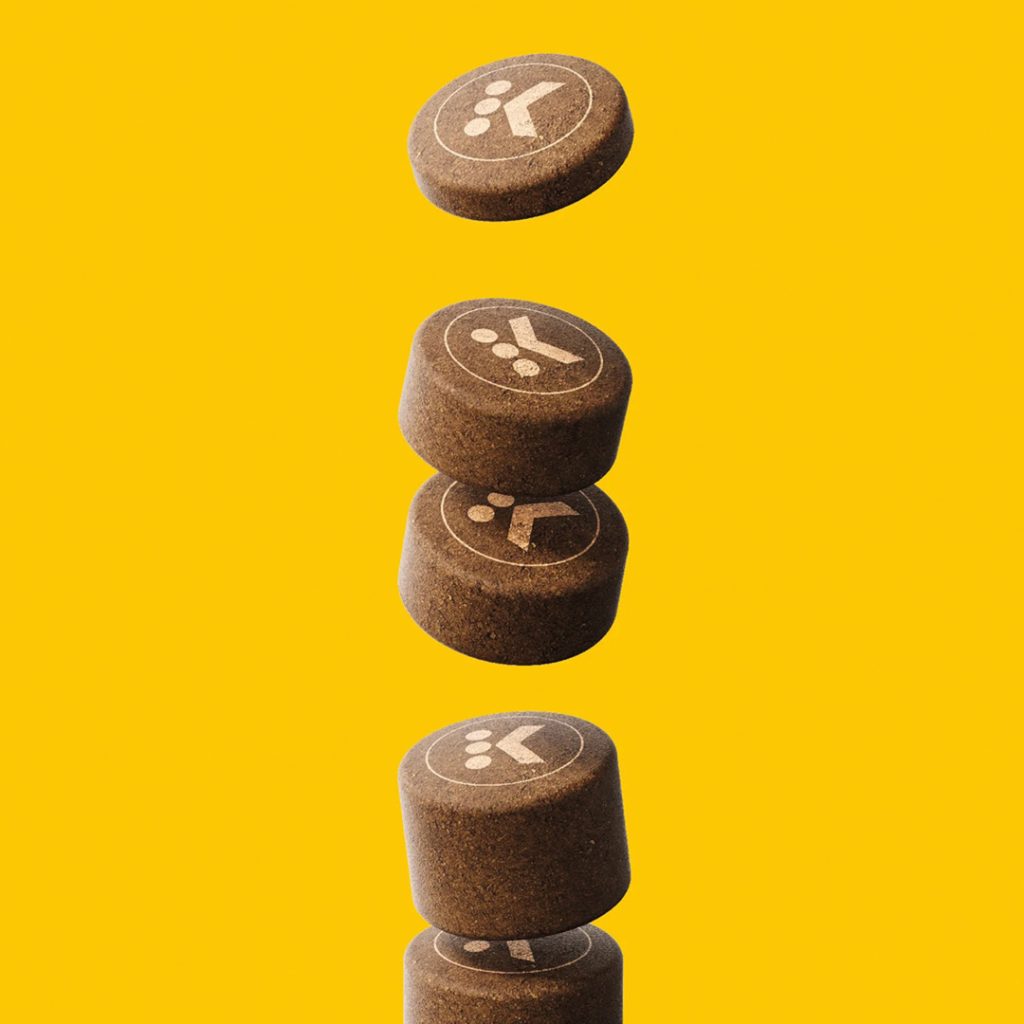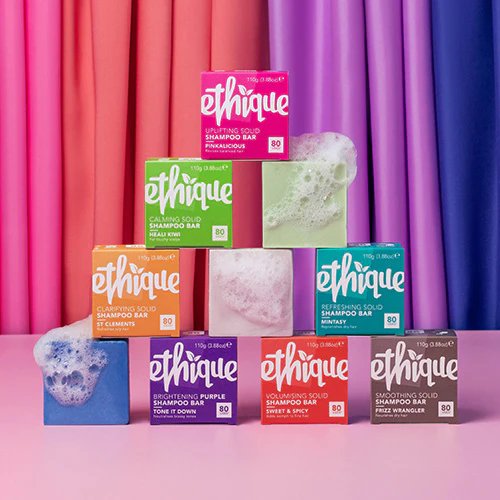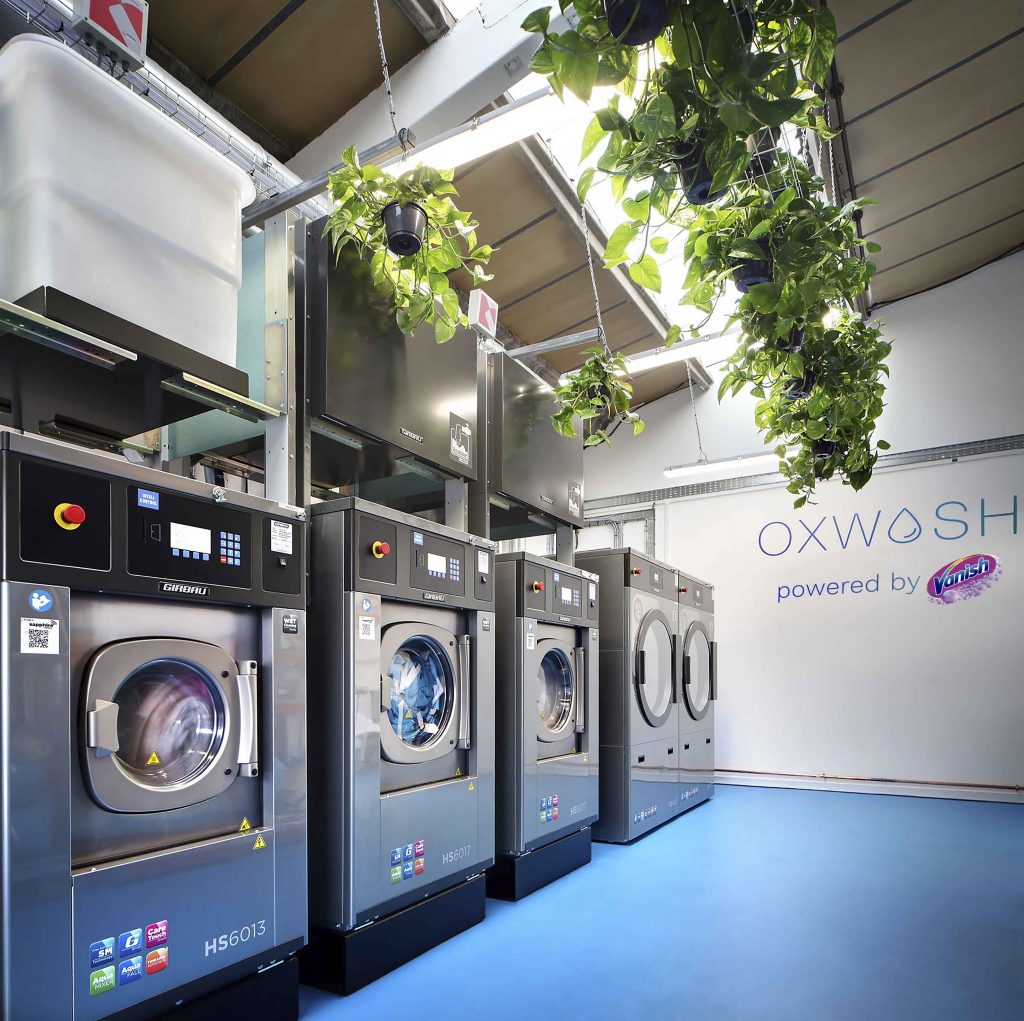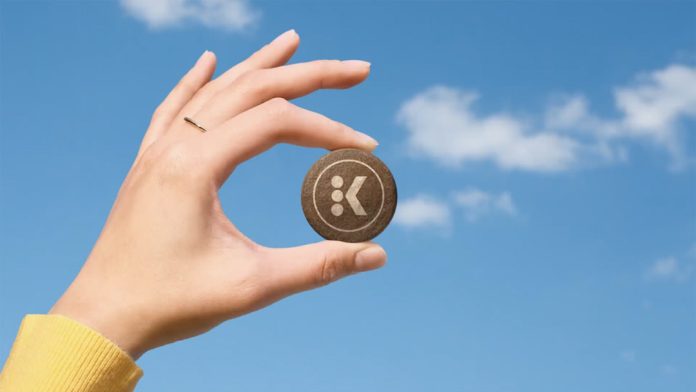Companies should self-disrupt today to secure growth in a sustainable tomorrow, writes Neema Pourian
Our most successful FMCG brand owners have spent decades building solid, stable, and resilient business models. But if they want to ensure success long-term, they must disrupt that very stability.
FMCGs’ cycle of purchase, usage and disposal is so frequent that it’s a constant reminder to consumers of their need to be more sustainable. So, the urgency for FMCG companies to make a change is heightened by the dual pressures of increasing regulations around sustainability, and consumer desires.
All businesses are facing the prospect of more regulation, due to affect everything from packaging to supply chains. Meanwhile, audiences are actively making purchasing decisions based on which brands have genuine sustainability credentials – and even looking to brands to give them more sustainable choices.
With the additional pressure of start-ups that are often more sustainability-focused than the established players, the need for brand owners to re-evaluate their future is more important than ever. And they need to think in terms of self-disruption rather than gradually moving the needle on the status quo.
Work with what you have
Reappraising a business model at scale is of course scary. Operations become perfected over the years, fine-tuned in terms of efficiency and profitability. Tinkering with such perfectly calibrated systems is daunting and risky.
However, self-disruption can work on many levels. You don’t need to reinvent your whole business; you can start with what you have. For example, by working back to an operational level, you can make significant changes. Bruichladdich whisky, for example, designed its bottle to fit the maximum number of items onto a pallet; while Motorola made its boxes smaller by changing the placement of charger prongs, saving millions of dollars (and emissions) in packaging and shipping.
Coffee brand Keurig is another good example of working with what you have. Struggling to make its plastic coffee pods truly recyclable, it ended up rethinking, creating new podless pods dubbed K-Rounds (below).

Plastic and aluminium-free, they are created from pressed coffee beans and wrapped in a waste-free protective plant-based coating. Crucially, they offer a familiar user experience but in an environmentally friendly, plastic-free alternative.
This example shows how important it is to meet consumers where they are – paying attention to the user and the experience. The big idea with coffee pods is that the user doesn’t have to deal with the complexity of measuring out and then cleaning away ground coffee. Pods are convenient, clean. What drove the disruption, therefore, was the answer to “How do we deliver this same experience but in a more sustainable way?”.
Thinking beyond the product
There are many ways to answer the question of delivering a familiar or ideally better experience through disruption. Often the disruption happens at product level, when companies consider different formats to deliver a certain result or answer a need. The growing popularity of shampoo bars or toothpaste tablets are some recent examples of this, shifting the paradigm of structural packaging away from plastic bottles or multi-layer tubes.

But disruption can go beyond just the product. Think about laundry detergent, for example. All consumers want, are clean, long-lasting clothes. What if the sustainable solution wasn’t just about offering more environmentally friendly packaging for powder or gels? What if it was a service that could deliver the same or even better experience?
Self-disruption can also come through exploring partnerships. If a start-up is already innovating in a certain area, why not team up – add your global reach to allow a more sustainable option to scale? For example, laundry brand Vanish teamed up with commercial laundry service Oxwash in a pilot in Oxford to explore bringing sustainability at a service level.

The key here is that large FMCG brands can offer these choices alongside their traditional offer; self-disruption doesn’t have to mean one thing or the other, you can present alternatives alongside the established, and let the consumer decide. It also helps with the transition of business models, offering a softer transition that is less risky and daunting. Keurig, for example, designed its machine to be backwards compatible with the plastic pods, giving consumers the choice and easing the transition into something new. Bringing consumers along the journey to something more sustainable without completely changing what is familiar to them.
Shifting internal motivation
To underpin such thinking, however, business leaders need to address the internal motivation they want to foster. Within established FMCG companies, people tend to take fewer risks that involve changing what works. Launching a new flavour extension in food and beverage, say, can bring expected short-term results and rewards – whereas exploring how to overhaul the food and beverage experience to eliminate the tons of plastic it leaves behind, requires more consideration and investment. There is more uncertainty around timing and costs to develop new and innovative solutions, discouraging decision maker to take such risks.
Brand owners should instead start nurturing an environment where people feel motivated and empowered to think in terms of possible disruption. People should be incentivised to explore disruption without fear of being penalised when it fails (which will inevitably happen with innovation).
This also includes a re-examining of how we test our innovations within FMCG. So many companies won’t launch an innovation until it’s perfect or has been tested to death. Why not redirect some of the money used for simulated testing to actually launch it into the real world and let real consumers decide. There is always the possibility that an innovation won’t take off – but what if it does? If you don’t even try, there’s the likelihood that a start-up (or competitor) will come along and steal market share.
In fact, failure doesn’t always have to come with a knock to reputation. A recent example here is LEGO. The company tried to launch more sustainable bricks made out of recycled plastic but realised that this would actually lead to more emissions. While the project didn’t succeed, the company reiterated its commitment to investing in sustainability research and development. Its honest communication around the decision meant it was respected for its transparency rather than put down for failure.
For those still daunted by the idea of self-disruption, just take the first step of asking yourself “what if?”. So many don’t even have the conversation around what kind of disruption might be on the horizon. What if there was an app that allowed you to book a taxi to meet you wherever you are, whenever you’re ready? What if there was a service that let you rent someone else’s spare bedroom, so you didn’t need to book hotels?
Start with ideas. What has the potential to put us out of business in 20 years’ time? Then determine what disruptions makes most sense for your business. It’s the first step that everyone in FMCG should be taking.
Neema Pourian is the Head of Global Head of Engineering at Marks






